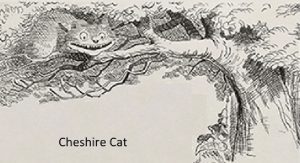*** Read Part 11 ***
Mantra 11 (and kArikA K1.21)
सुषुप्तस्थानः प्राज्ञो मकारस्तृतीया मात्र मितेरपीतेवर
मिनोति ह वा इदं सर्वमपीतिश्च भव्ति य एवं वेद॥ ११॥
suShuptasthAnaH prAj~no makArastRRitIyA mAtra miterapItervA
minoti ha vA idaM sarvamapItishcha bhavati ya evaM veda || 11 ||
tRRitIyA mAtra – The third mAtra (of OM)
makAra – the letter ‘m‘
prAj~na – (is) prAj~na
suShupta sthAnaH – the deep-sleep state
miteH – because (it is like) a ‘measure’
va – or
apIteH – on account of absorption.
ya evaM veda – Whosoever knows this
ha vai – verily
minoti sarvam – measures everything
cha bhavati – and becomes
apItiH – (one who) understands.
The letter m, the third mAtra of OM, is prAj~na, the deep-sleep state because both have the characteristic of a measure and are as though absorbed into the final part. Whoever knows this will be able to assimilate and comprehend everything.
Continue reading
